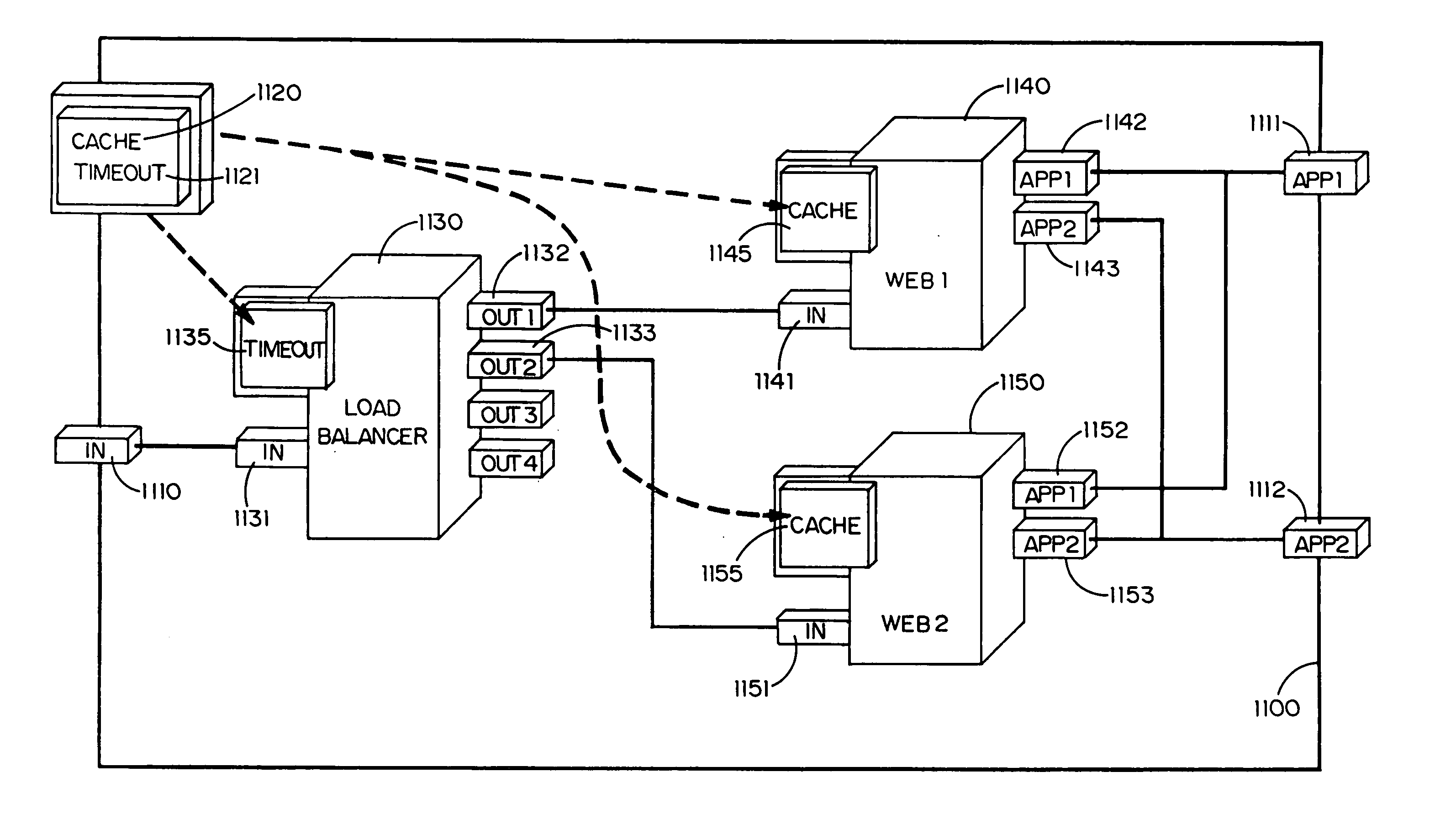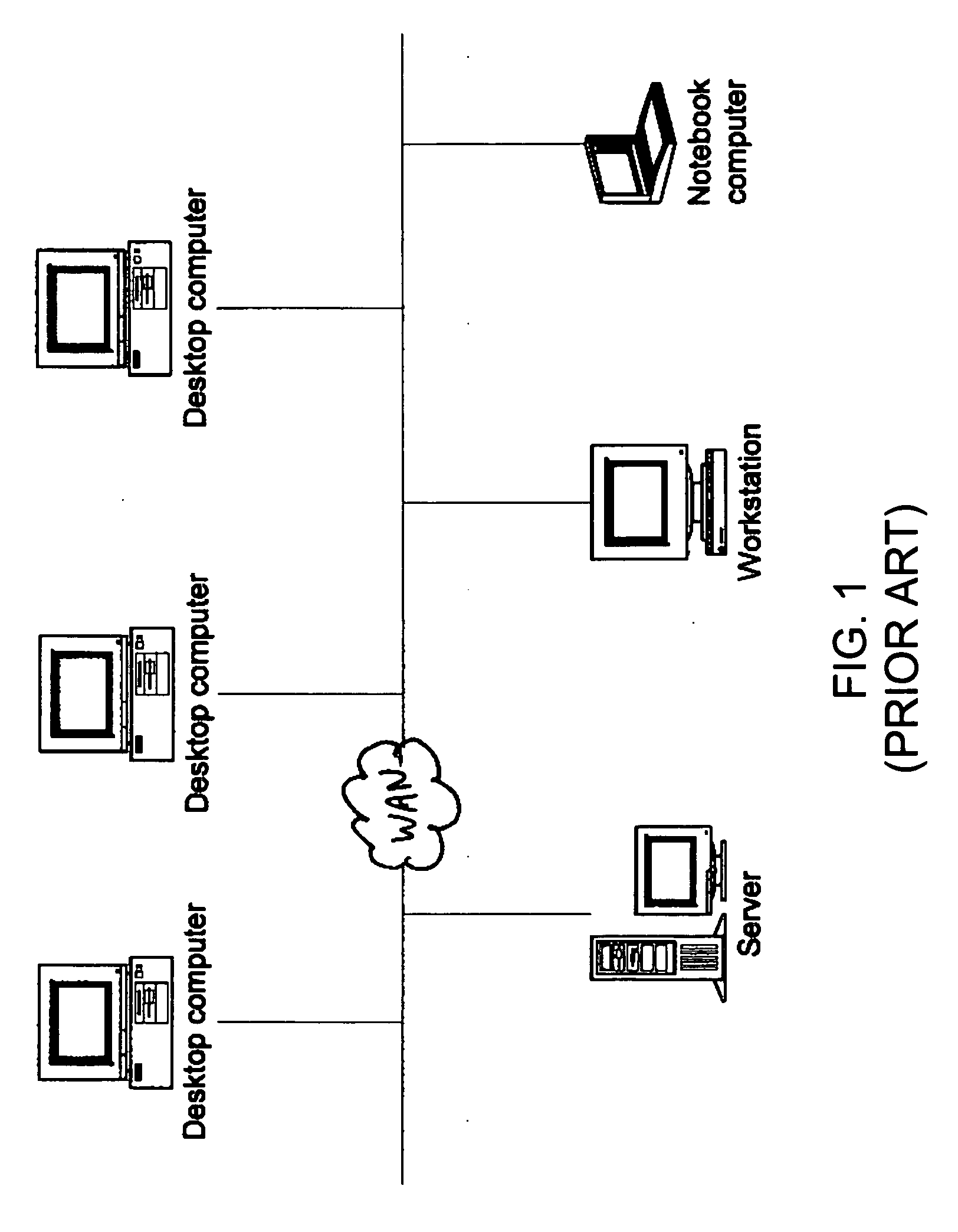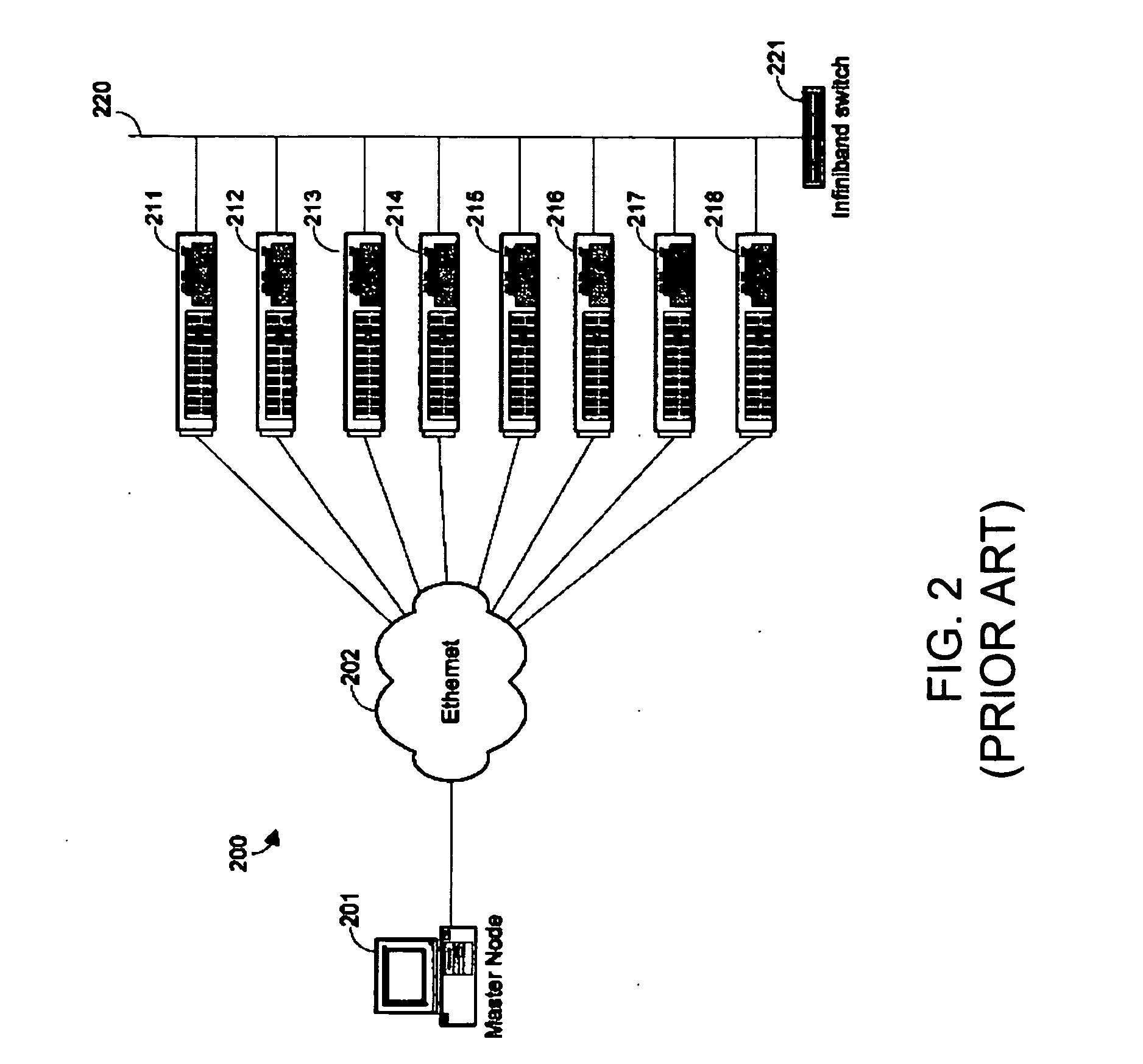Apparatus, method and system for rapid delivery of distributed applications
a distributed application and visual method technology, applied in the field of computer systems, can solve the problems of complex nature of distributed applications, scalable distributed applications that are capable of operating, and difficult to connect, and achieve the effect of convenient monitoring, convenient connection and easy configuration and integration
- Summary
- Abstract
- Description
- Claims
- Application Information
AI Technical Summary
Benefits of technology
Problems solved by technology
Method used
Image
Examples
Embodiment Construction
[0114] The preferred embodiment of the present invention comprises an application model, a visual method and a system for rapid delivery of distributed applications. In this section, the phrase “inventive system” refers to the preferred embodiment and / or to alternative embodiments of the present invention.
1. The Application Model
[0115] The application model defines several abstractions which, taken together, make it possible to express the structures and behavior of complete distributed applications. Those abstractions can be grouped in the following way: virtual resources, virtual appliances, composite appliances, catalogs of appliances, and applications.
[0116] The present invention defines and utilizes various abstractions using metadata. By metadata, we mean data that captures or defines characteristics of a given entity separately from the entity itself, thereby making it possible to construct, operate, execute, control or otherwise manipulate that entity or sets of differen...
PUM
 Login to View More
Login to View More Abstract
Description
Claims
Application Information
 Login to View More
Login to View More - R&D
- Intellectual Property
- Life Sciences
- Materials
- Tech Scout
- Unparalleled Data Quality
- Higher Quality Content
- 60% Fewer Hallucinations
Browse by: Latest US Patents, China's latest patents, Technical Efficacy Thesaurus, Application Domain, Technology Topic, Popular Technical Reports.
© 2025 PatSnap. All rights reserved.Legal|Privacy policy|Modern Slavery Act Transparency Statement|Sitemap|About US| Contact US: help@patsnap.com



